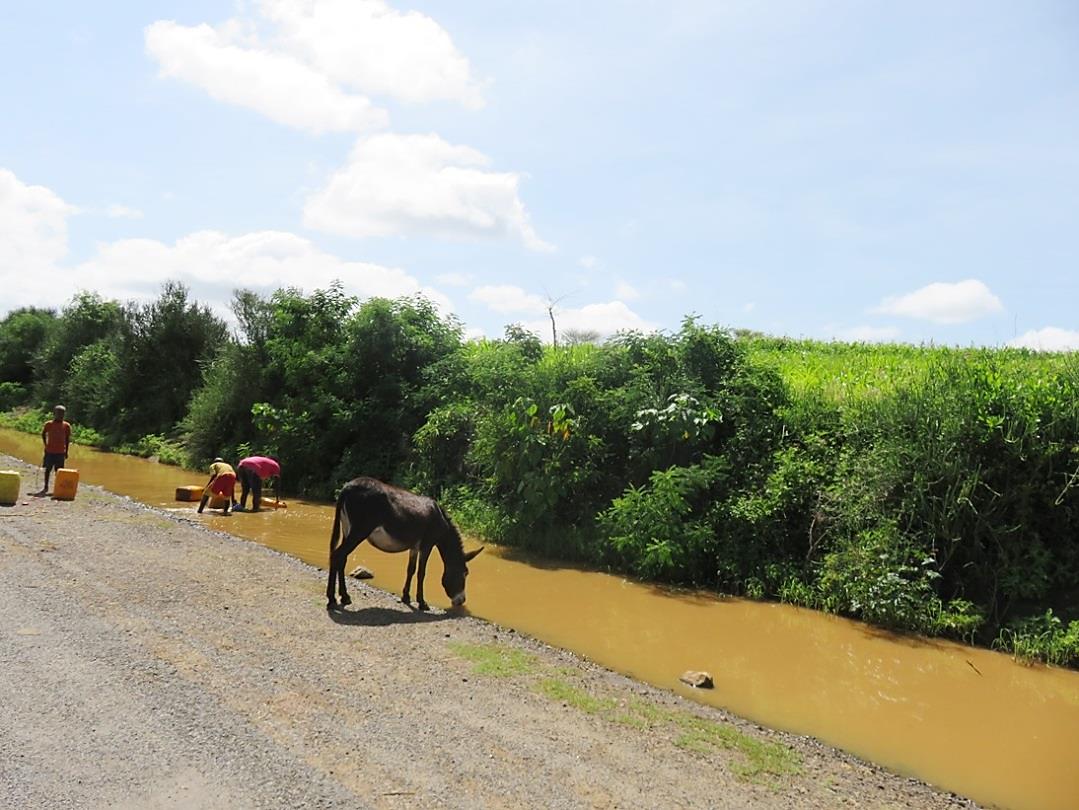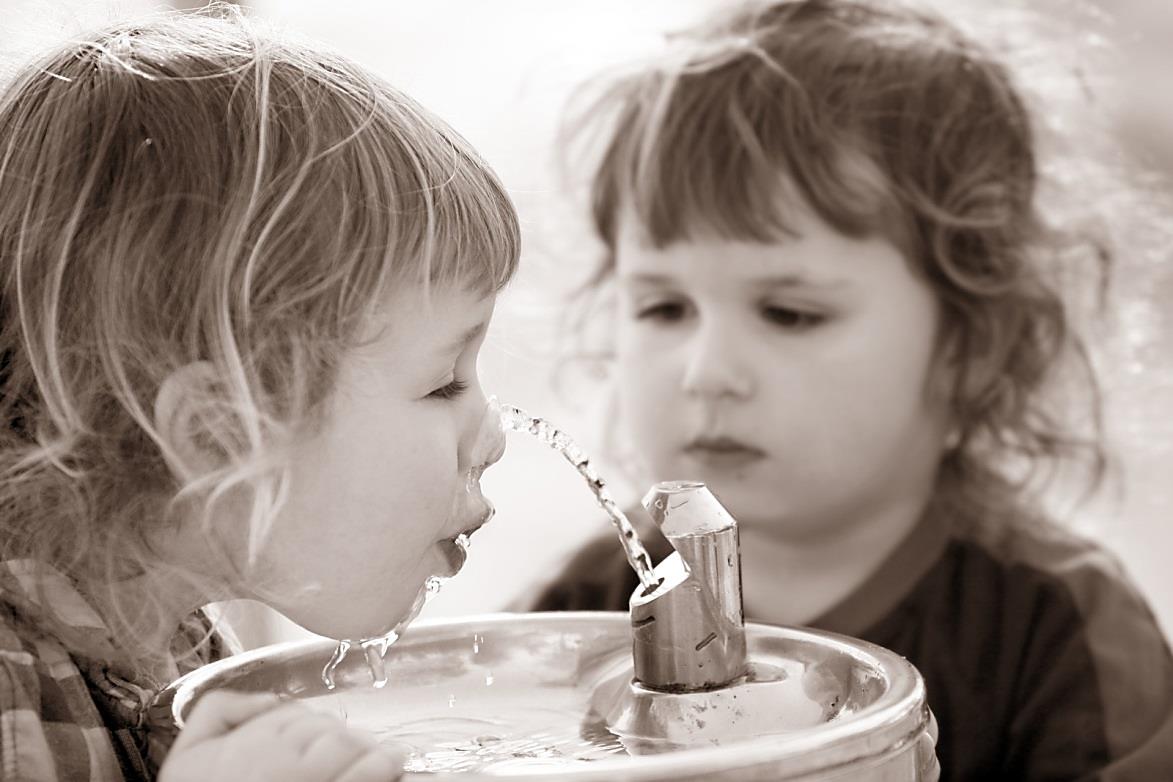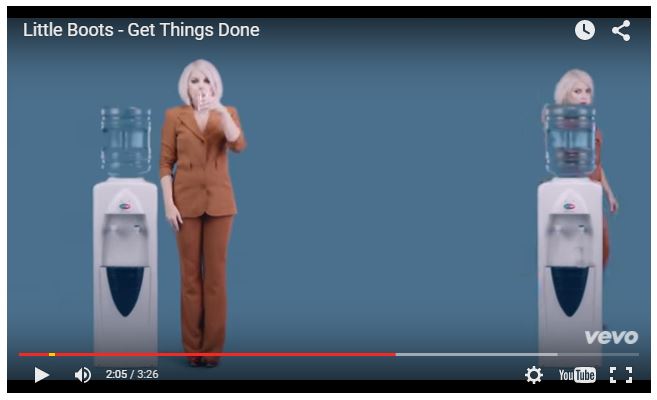
by Fern Shaw | May 31, 2016 | Charity, Christian Aid, water cooler, Water Coolers
It’s not often that I can say that I’m truly overwhelmed. I may drama queen a little about being overwhelmed but that’s not often the case.
What I did find truly overwhelming was my recent nine day visit to Ethiopia at the behest of AquAid and at the invitation of a charity which AquAid have for years supported; Christian Aid.
Having worked in water provision and in close conjunction with the charities that AquAid support for a few years now, this is a matter that has taken on a great significance to me, as well as, I’m sure, everyone at AquAid. I’ve experienced daily how important it is to balance the business side as well as maintaining and perpetuating Paul Searle’s (AquAid’s founder) holistic philosophy of giving back. On the trip, though, I experienced this philosophy first hand.
Ethiopia is a magnificent country, that’s the only way that I can describe it. The Ethiopians are among the kindest, most hospitable and polite people I’ve met in my travels; the country is vast, the scenery is awe inspiring and the industriousness of the people is truly something to witness.
After a briefing at the Christian Aid offices in Addis Ababa, we departed on the first leg of our journey to visit the first of four projects in the south of the country. As our amazing driver, Girma, who would put any F1 driver to shame, negotiated his way through an endless progression of pedestrians, other road users which also included herds of cattle; sheep and goats as well as donkey, mule and horse carts, I observed something interesting. Every mile or so there were people walking. Not a gentle lollygagging type of walk, but walking with determination. Most were carrying yellow containers. Many of these people were very young children, some who looked to be no older than seven or eight years old.
When we passed a puddle on the side of the road, a river, a stream, there were people collecting water. I have no idea how many miles these people walked every day, but I imagine it was a good few miles at least. They shared the puddles with all manner of others including animals. These puddles were open to the elements, unprotected and quite a few puddles alongside certain stretches of road had all the detritus from the road and its passing traffic landing in them.
- The magnitude of what I was witnessing struck me – here is a country that has water in abundance (Ethiopia has more vast lakes than you can shake a stick at), but a large majority of its inhabitants live and work hundreds of miles away from these large sources of water. They are dependent on the weather – their water source more often than not from the rainfall; and the country experiences dry months for eight out of the twelve months of the year.
- This is where charities such as Christian Aid come in and have been doing so in the country since 1998 when they set up an office in Addis Ababa. Christian Aid and AquAid have been working in partnership since 2001, bringing relief and sustainable water provision to those in need around the globe.
We witnessed five such projects during our trip which I will detail in further articles, but having being there, the importance of having water or indeed, having access to water, truly struck home. Here were thousands of people to whom the struggle for water, stuff of life, wasn’t a turn of a tap or a press of a button away. Here, having water meant a day to day survival, where if you wanted water, you strapped plastic containers to yourself and you started walking, for miles and miles, looking for the precious stuff. You may get ‘lucky’ and find a big enough water puddle from which you could fill your containers, often you would not.
What also occurred to me (during and post trip) is how invaluable it is to have companies such as AquAid and even more invaluable – our customers who support AquAid. Because I truly witnessed the results of what charity means. For every person from each community that we visited who had water to drink, water to cook with, water to water their livestock and their crops, this was a direct result of donations to charity. Life changing stuff.
If you’d like to find out more about how your water cooler and bottled water purchases can make a difference to people’s lives (and I mean this literally), please get in contact. We’d love to hear from you.

by Fern Shaw | Apr 22, 2016 | water cooler, Water Coolers
Schools are back and summer is on the way. It’s always a concern that your child is getting enough water to drink during their busy school day. Fortunately, school water coolers are pretty much de rigeur in schools across the length and breadth of the U.K.
But what can you do, as parents, to help reinforce your children’s healthy hydration habits when they’re not with you during the day?
The amount of fluid a child needs depends on many factors including age, gender, weather and how much physical activity they get but generally children should aim to have six to eight drinks per day which should ideally be water (on top of the water provided by food in the diet).
Younger children need relatively small servings (e.g. 150ml per drink) and older children need larger servings (e.g. 250-300ml per drink).
Children should be encouraged to sip fluids at regular intervals throughout the day – a lot of children drink fluids at the end of the day when feelings of dehydration have already started to set in.
A few suggestions:
- Start good hydration habits at home by setting an example for your children. Make sure you drink enough water and you’ll soon get them into the habit – young children love to emulate what mom or dad is doing! Plus, of course, you’ll be doing not just your kids but yourself a favour too!
- Do a tour of the school yourself whenever your children start at a new school and make sure that there are sufficient water cooler stations with easy access for the children.
- Simple measures, like the addition of a bottle of water to the school lunchbox or backpack can always help to reinforce your children to keep hydrated. If straws are approved by the school and are appropriate for your child’s age, include a bendy straw, it will, without doubt, add interest to drinking the bottle’s contents, even if it is water!
- You don’t have to stick with just water, but be aware of the calorie count in other drinks such as fruit juices and soft drinks (in fact, perhaps try to stay away from soft drinks, or in fact, anything with fizz in it). Perhaps look at weak squash or diluted fruit juices.

by Fern Shaw | Apr 8, 2016 | water cooler, Water Coolers
Many moons ago I blogged about water cooler etiquette – this year as we segue into spring (actually, spring was officially on 22 March) I was wondering if, four years on, there’s been any change about the ‘do discuss’ versus the ‘do not discuss’ topics especially with the rampant advancement of the enormous animal that social media has become.
Let’s see what changes have taken place since then:
MySpace faded away into obscurity. One of the reasons behind this is believed to be because Facebook ‘perfected’ the social networking concept, whereas MySpace just introduced people to it.
Instagram went bananas and gained popularity hand over photo. All of a sardine, people globally were taking and uploading artfully enhanced photos of everything from their breakfasts to every single view they saw that day.
Twitter also grew exponentially, but as of this year, is behind Instagram and other platforms such as WeChat, FB Messenger and Tumblr.
Bearing these types of platforms in mind, what with the sharing of information that most wouldn’t have dreamt of twelve or so years ago, are the more ‘old school’ workplace rules still in place?
At your water cooler:
Then: Telling your colleagues about your most recent holiday was a do. Just not too much graphic detail, please.
Now: Showing your colleagues every jaw breakingly boring second of your holiday captured on camera is a definite no.
Then: Sharing the news of your new baby is wonderful and most definitely a do.
Now: Again, showing photos of your newborn’s every gasp, yawn, micro facial expression for every minute from dawn ‘til dusk is a do not.
Then: Do talk about the fantastic meal that you had at the new Italian restaurant in town.
Now: Same as then don’t talk about the four bottles of wine that you drank with your lasagne or show photos of every aspect of the meal, up to and including the aforementioned four bottles of wine.
Then: Sharing positive news about your family and friends is a do as it gives your colleagues insight into who you are.
Now: The same as then. A don’t is still to not share your personal problems at work. There are plenty of problems to contend with in the workplace. Sharing your personal problems with your colleagues indicates a familiarity level that a majority of colleagues may be uncomfortable with.
However you choose to spend your time at the water cooler, remember the main reason that you’re there – to stretch your legs; disengage your brain (five minute ‘brain rests’ have proven to be very beneficial to one’s creativity) and to refill your water bottle or glass and then drink the water, because as we all know by now, maintaining a steady water intake is the surest way to keep yourself in tip-top form during the working day.

by Fern Shaw | Apr 4, 2016 | Water Coolers
My particular love arrived when I started playing with my brother’s hand me down Lego. In this I must say, I’m a purist – the old Lego is what Lego is meant to be. I’ve never quite understood all the pink and purple brightly coloured weirdly shaped pieces Lego is available in now. The good old white bases and blue building blocks were all I needed to get cracking with spending hours and hours building designer houses. A Sunday in the breezeway on the rug was the usual location. I’d endlessly construct Bauhaus type houses and show them off gleefully to my father – who, after the 5th or 6th attempt (such attempts looking markedly similar in design), would nod and feign interest.
I still think of pursuing the field of architecture (that pesky Maths, though) but for now (and for all of my life so far), just to look architecture is like catnip to me. A few examples to muse over (and your opinion on great architecture is most welcome) are:
The Basilica of the Sagrada Familia in Barcelona, what I fondly call the ‘Dribble Castle’. A dribble castle for those of you that don’t know, are castles made using a particular density of wet beach sand;
The Wat Pa Maha Chedi Kaew Temple (also known as The Million Bottle Temple) in Thailand – now there’s recycling at its best;
The Guggenheim Building in Balboa. This amazing museum of modern and contemporary art is in Spain. It would seem that a lot of spectacular architecture originates or is built in Spain;
A particular favourite, the Flatiron Building, New York – named for its flat iron type shape – personally, I think the building looks a stretched out wedge of cheese – but each to their own – and, last, but by no means, least;
The St Pancras Station and Hotel in Camden. Of course, there’s more beautiful architecture in the UK than one can throw a stick at, but I thought I’d go for the not too obvious.
With these examples and all variations in-between, architecture can remind us (I do believe) of how to achieve greatness through buildings.
So if you’ve run out of topics to chat about with your colleagues on your water cooler runs, why not open a discussion about their favourite building and why? I guarantee you’ll have started something!

by Fern Shaw | Feb 10, 2016 | Charity, water cooler, Water Coolers
If you have ever struggled with debt, you may have heard of our company, Carrington Dean. What we do is simple: we help those who are hopelessly in debt to get out of debt through management plans like IVAs, debt arrangement schemes, and bankruptcy.
But it’s one thing to say that, and quite another to actually do it every day. Every person who walks into our office and asks us for help has a story to tell. It can be a story of loss, a story of heartbreak, a story of fear. It keeps them up at night and robs them of their time, privacy, and security. It makes them fear for their families and their futures.
There isn’t a day that goes by that these stories don’t affect me and every person who works in our offices. Moreover, I’ll be honest. Sometimes it’s hard. We are constantly faced with the reality that our society doesn’t do enough to help good people. Every day, struggling families are allowed to just fall through the cracks.
Helping others is at the heart of the work we do and we are always looking for more ways that we can do that. There is nothing quite like the reward of seeing a smile on a client’s face that first day that they realise the clouds are parting and they are finally getting back on track. It really is like a ray of sunshine. For that person, their entire life has changed.
That’s why we look for every opportunity we can find to incorporate charity into our work. We regularly give to Mothers Care India, an organisation that helps children in impoverished parts of India to get an education.
That’s also why it means so much to us that we get to partner with AquAid. AquAid provides all of the water coolers that we use in our offices. This is yet another small but very real way for our business to contribute to charity work. We love that this is written on the coolers themselves. It is a very visible mark of the charitable spirit that is at the core of what we stand for. It communicates what we care about to customers and associates who visit us, and it also serves as a permanent reminder for our staff that we can and do make a difference.
On days when I am frustrated and standing at the water cooler, I realise just how many organisations and people who are out there who do care. AquAid and Carrington Dean are likeminded organisations infused with community spirit.
So we just want to say thank you to AquAid. Your work is changing lives, and you’re empowering us to help people across borders who will never find their way into our offices.

by Fern Shaw | Nov 18, 2015 | Water Coolers
Just when you thought AquAid were all about the staid and serious supply of a quality range of water coolers and water related products, we show that we too, can be frothy and fun. How, you may ask? Well, our Free Standing Bottled Water Cooler is a music video sensation!
The song, Get Things Done, by British neo-disco songstress, Little Boots, features the AquAid Bottled Water Cooler as part of her fizzy interpretation of office culture.
The water cooler features at 1:53 and again at 2:03 – fame at last, AquAid Bottled Water Cooler, fame at last!
All thanks go to Steve Norley and the team at AquAid London Central for the supply of this water cooler (complete with bottled spring water, naturally filtered at the source in the Purbeck Hills) to the music video team who put this video together.
Catch the video here.






